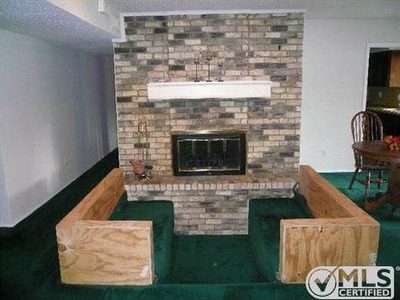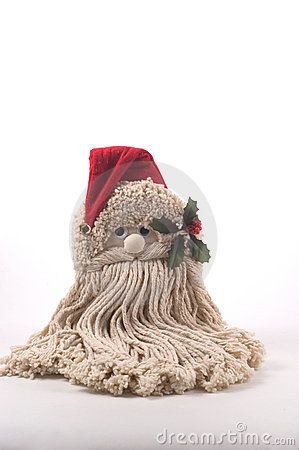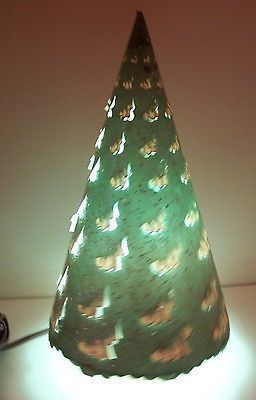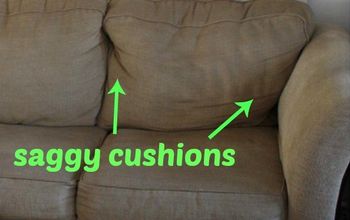How can you tell if your Christmas lights are indoor or outdoor?

Related Discussions
How to make a Christmas bow tree topper?
How do I make a bow topper for my Christmas tree?
How to make a Christmas bow with wired ribbon?
How do I make a Christmas bow out of wired ribbon for Christmas? I’d like to make pretty bows for my Christmas gifts and arrangements. I’d like it to be full and ... See more
How can you brighten faded outdoor Christmas tinsel decorations?
Does anyone know what this is?
Just turn them upside down and open them, then insert a roll of paper towel and tada, you have yourself a brand new paper towel holder that is not only beautiful, but... See more
1970s sunken conversation pit
Our new house has a sunken conversation pit in front of the fireplace. It's about 6X6 and has three steps into the 'pit' and booth-like backs on each side. My adult... See more
Santa Mop Head Instructions
Does anyone know where I can find instructions for this specific Santa mop head project? I've been unable to find anything except the image in my searches. I've tried... See more
How can I re-create this vintage Christmas tree light?
My sister and I each had one of this and my mom let us keep them on in our bedroom before we fell asleep--nice memories. And the tree would spin when the lightbulb he... See more





The Underwriters Laboratories, or UL, inspects electric products made in the United States. If a product is proven to be safe from shock and fire, it becomes UL listed. When purchasing indoor or outdoor Christmas lights, you should always make sure they are all UL listed and have the tags on the cord to prove it. If not, you could be in danger of electrocution or at risk of a fire in your home.
Indoor Christmas lights will have a green UL listed tag, or a silver tag with the “UL” written in green. Christmas lights approved for the outdoors will have the UL listed tag in red, or silver with red writing. So, if you have strings of lights from previous years and you cannot remember whether they are safe for outdoor use, just check these tags and they can tell you. If the UL tag is missing, do not take the risk. Restrict those strings to indoor use only.
The thing to remember about the original project posted was that it was made with mini LED lights, which give give off very little heat compared with
the older C7 or C9 bulbs. Also, the original idea also used battery operated lights as opposed to the plug-in electric ones.
How can you tell if your bulbs are either C7 or C9 ? Plug them in, and if you can feel the bulbs getting warm to the touch after 5 minutes, they most likely are.
In Canada,(colder winters) the smaller C7 bulbs were suggested for indoor use only. The larger C9 had heavier gauge wiring, and were marketed for outdoor use.
I would caution you against using either the C7 or the C9 for the plastic ball decoration, because they give off so much heat.
Heat + plastic + enclosed manipulated wire = fire hazard.